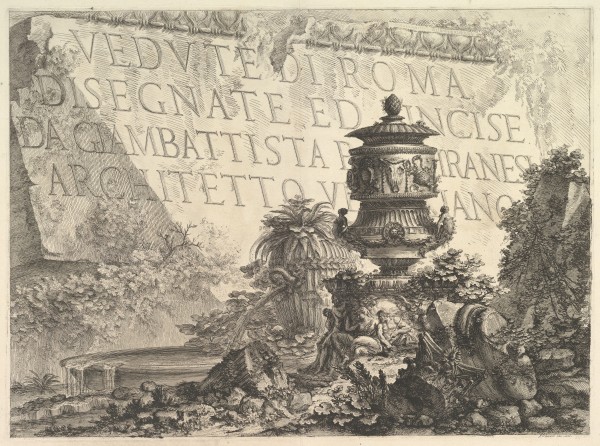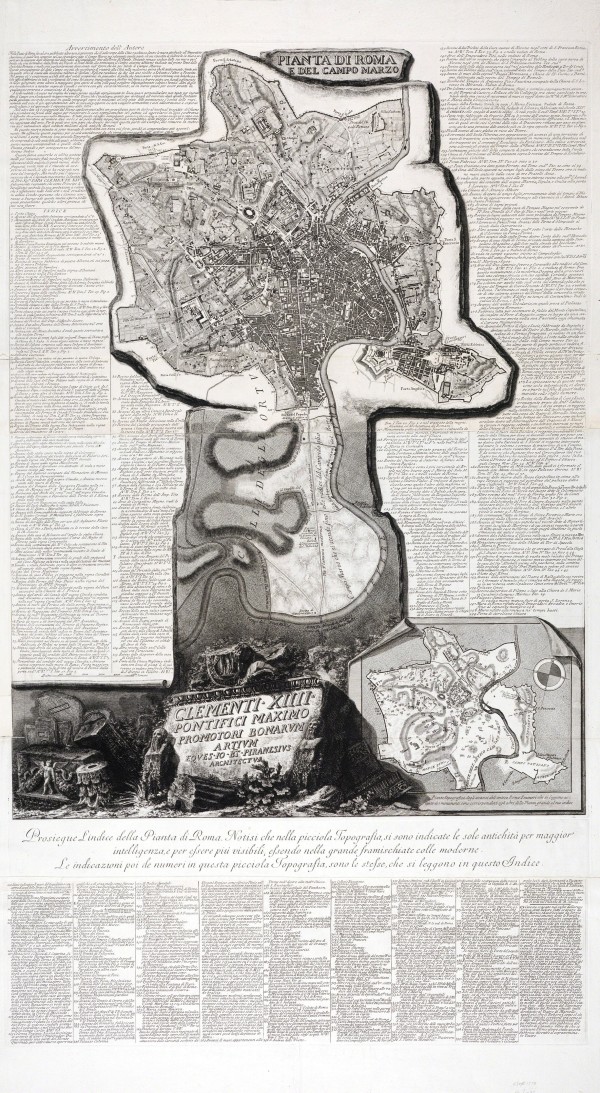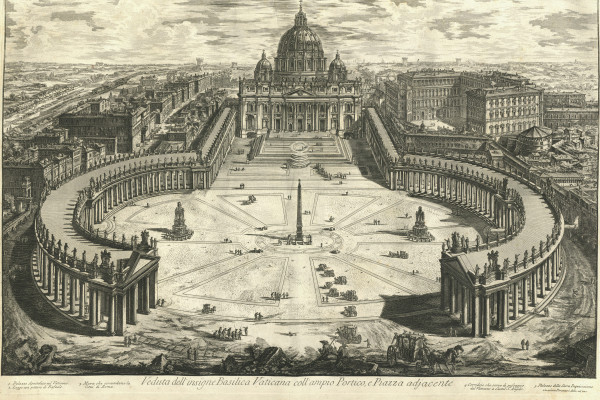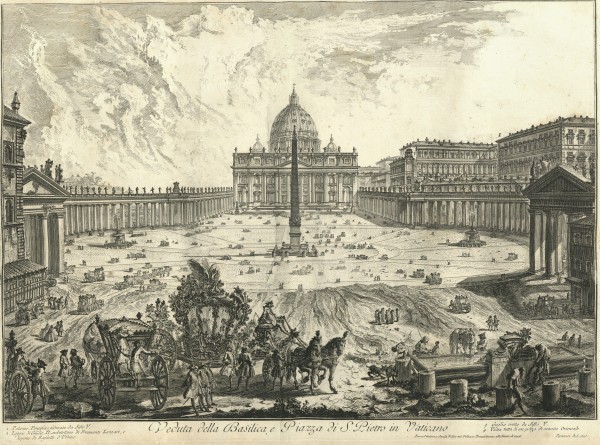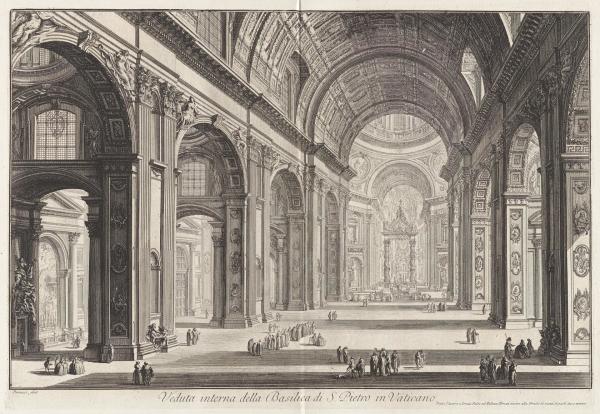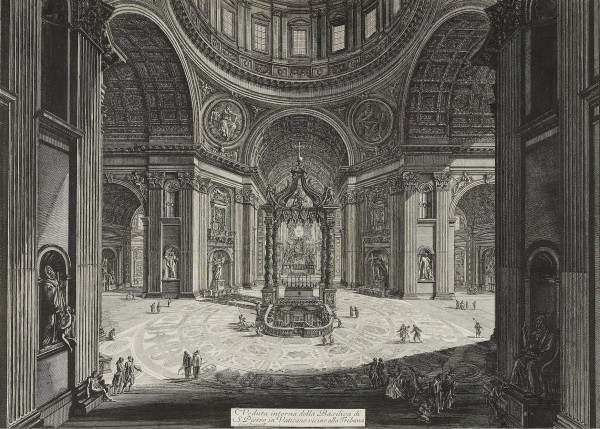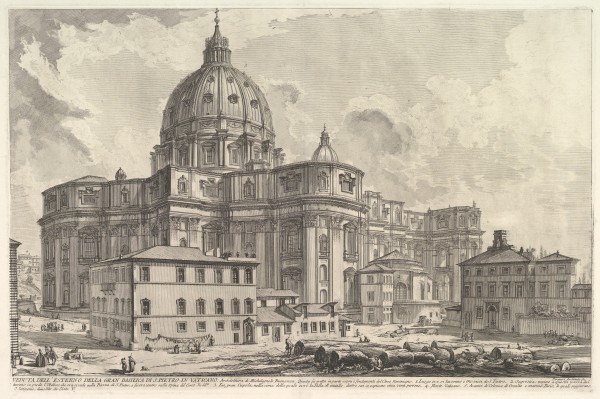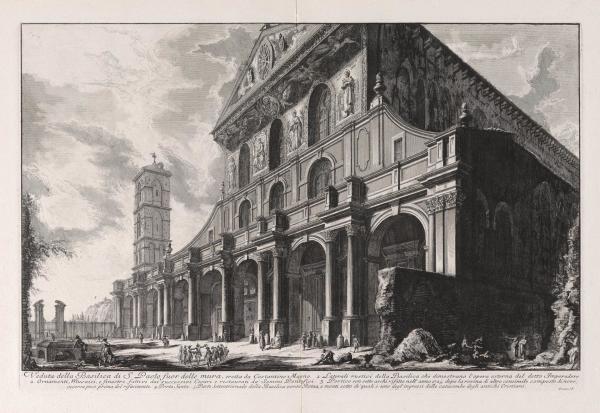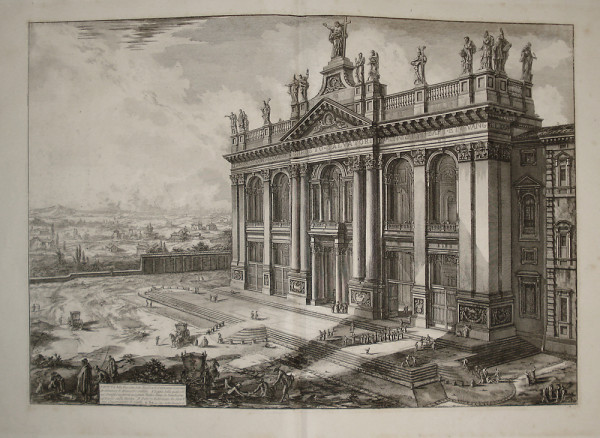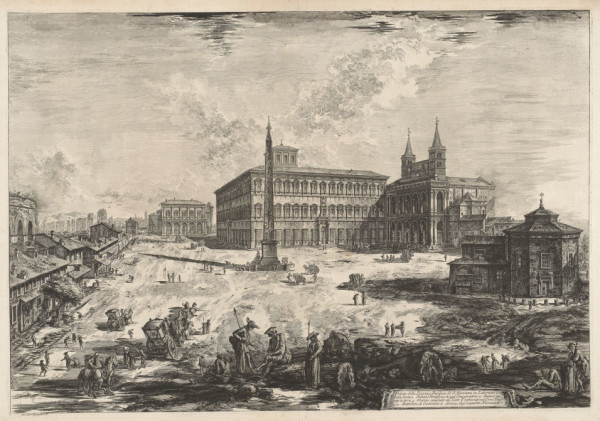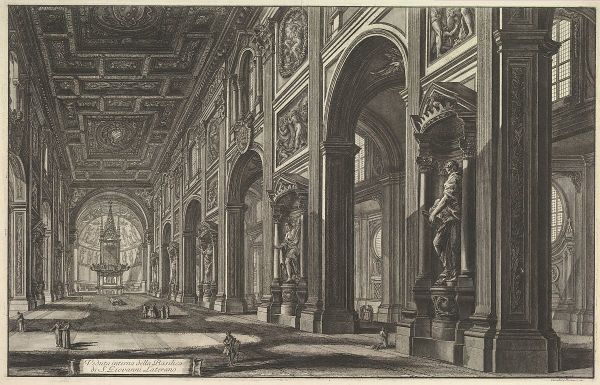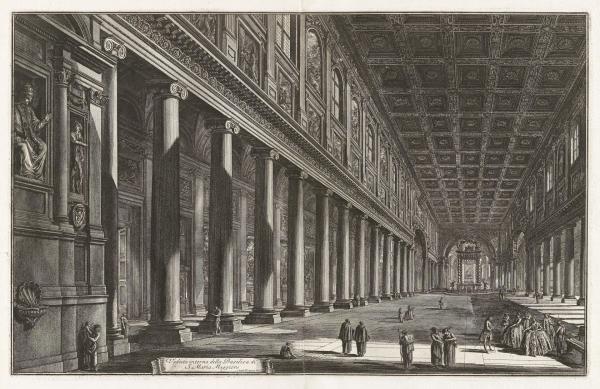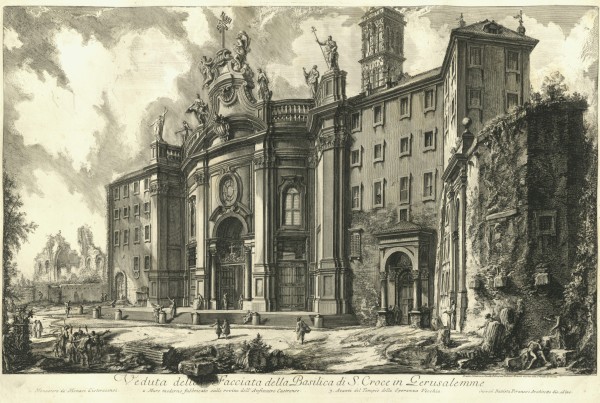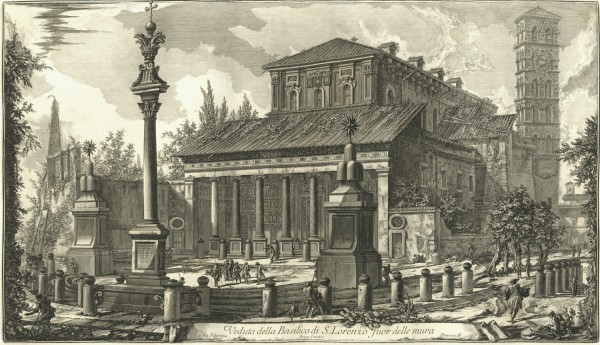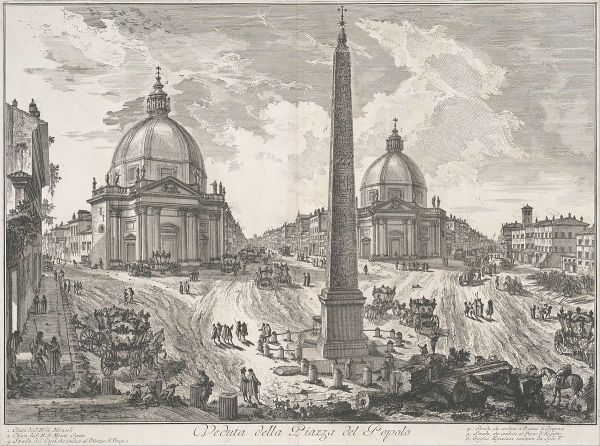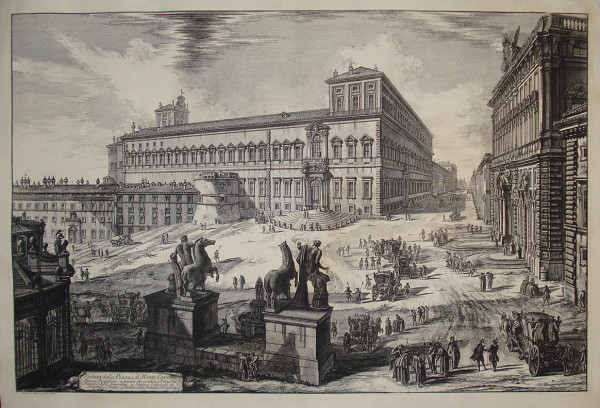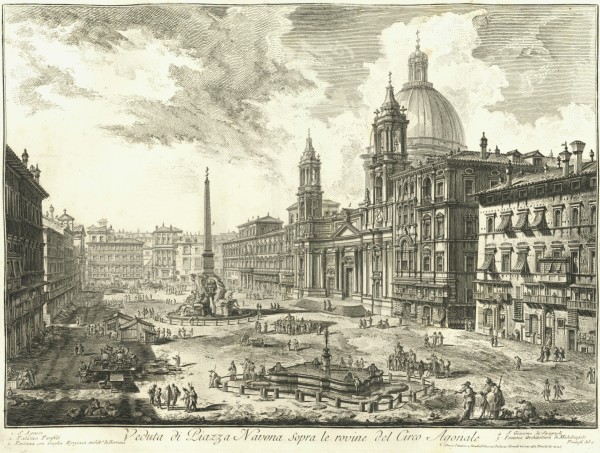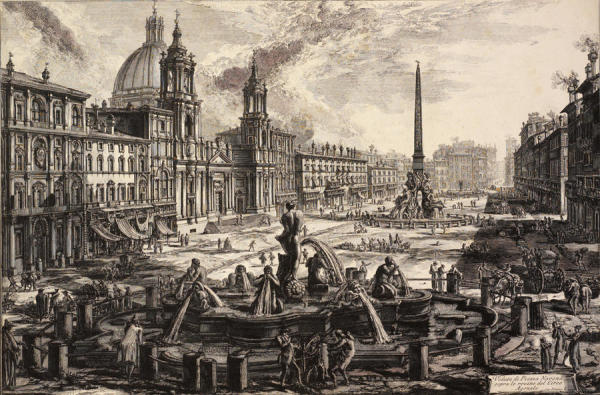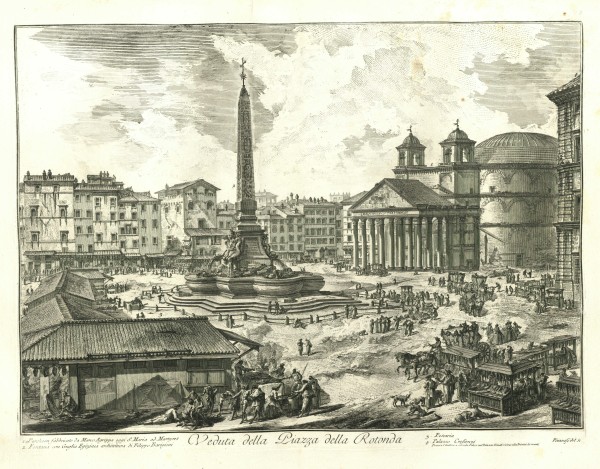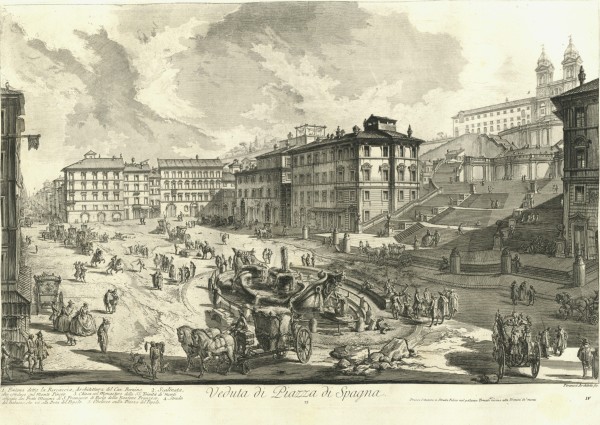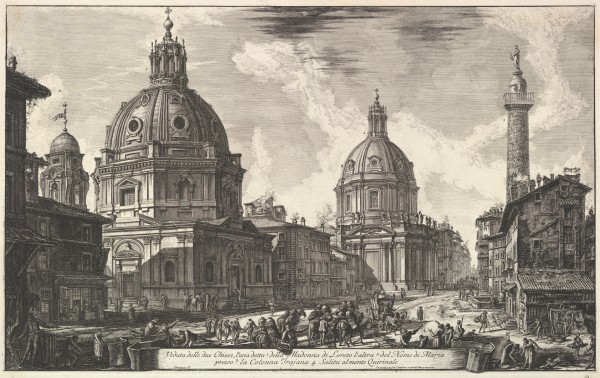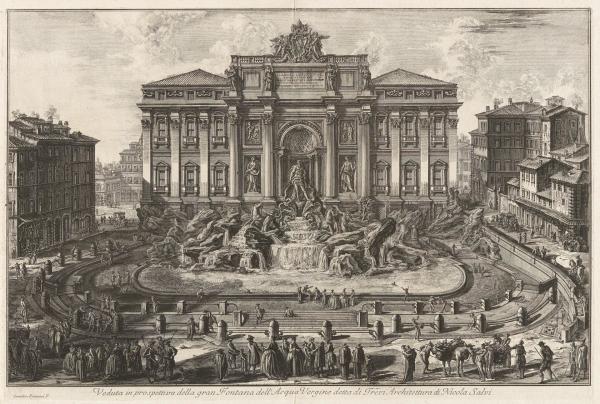Piranesi & The Eternal City
- June 20, 2019 - September 26, 2019


Installation view of "Piranesi & The Eternal City" (Photo by Pfalmer Productions)

Installation view of "Piranesi & The Eternal City" (Photo by Pfalmer Productions)

Installation view of "Piranesi & The Eternal City" (Photo by Pfalmer Productions)
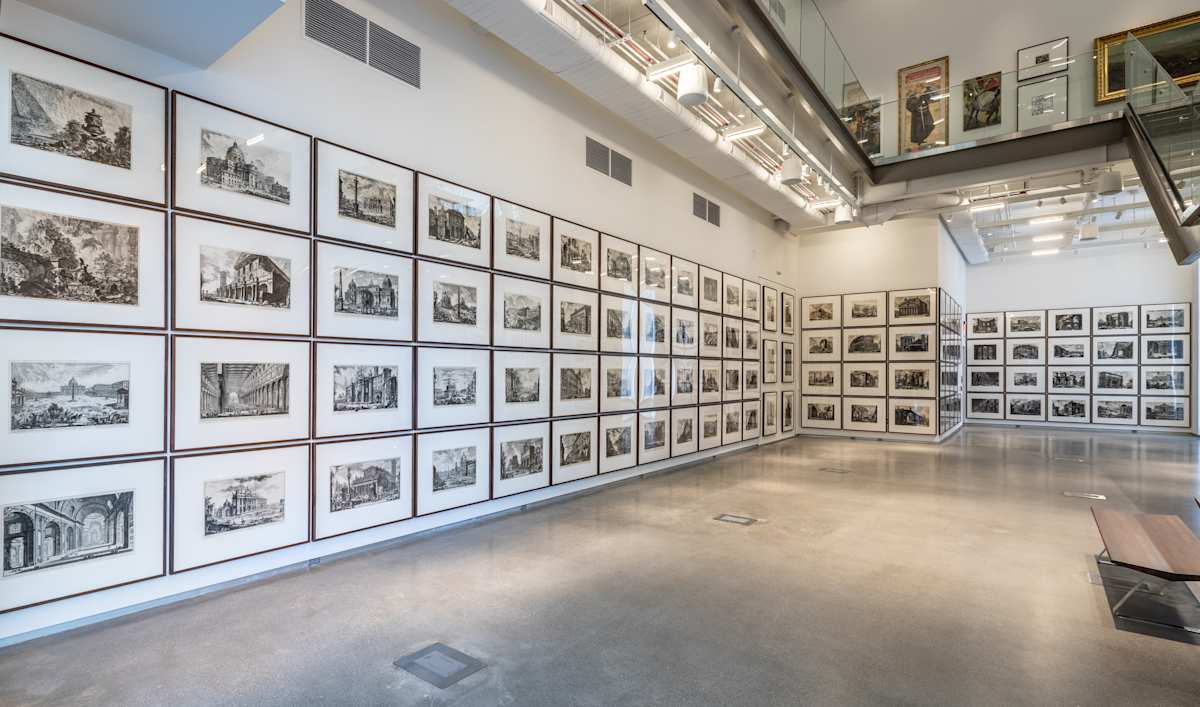
Installation view of "Piranesi & The Eternal City" (Photo by Pfalmer Productions)

Installation view of "Piranesi & The Eternal City" (Photo by Pfalmer Productions)

Installation view of "Piranesi & The Eternal City" (Photo by Pfalmer Productions)

Installation view of "Piranesi & The Eternal City" (Photo by Pfalmer Productions)

Installation view of "Piranesi & The Eternal City" (Photo by Pfalmer Productions)

Installation view of "Piranesi & The Eternal City" (Photo by Pfalmer Productions)

Installation view of "Piranesi & The Eternal City" (Photo by Pfalmer Productions)

Installation view of "Piranesi & The Eternal City" (Photo by Pfalmer Productions)

Installation view of "Piranesi & The Eternal City" (Photo by Pfalmer Productions)

Installation view of "Piranesi & The Eternal City" (Photo by Pfalmer Productions)

Installation view of "Piranesi & The Eternal City" (Photo by Pfalmer Productions)

Installation view of "Piranesi & The Eternal City" (Photo by Pfalmer Productions)

Installation view of "Piranesi & The Eternal City" (Photo by Pfalmer Productions)
Giovanni Battista Piranesi
Born in 1720 in the Republic of Venice, Giovanni Battista Piranesi originally trained as an architect and draftsman. He began training as an etcher with Giuseppe Vasi in Rome around 1740. By 1747, the body of work included in this exhibition had begun and was worked on for roughly 30 years until his death in 1778. During the creation of this work Piranesi quickly developed a bold style and became known for his dynamic compositions, high contrast and drama. He was believed to have created 135 etchings in total by hand.
Overtime as the copper plates aged, they were put through a process to be re-bit, which is a process involving placing the plates into an acid bath which deepened each line, allowing for more ink to sit within the marks. A newly re-bit plate resulted in a darker heavier print. Piranesi would also add cross hatching and other marks to his compositions thereby adding to the complexity, drama and high contrast between dark and light areas. Later in his career, Piranesi also purchased his own printing press in which its mechanisms produced heavier looking prints as well.
The figures present in the compositions are the everyday people and visitors in contemporary Rome. Many of them are up to no good. Through close observation, viewers may notice figures relieving themselves on ruins, drinking intoxicants and engaging in other types of vagrancy. Piranesi's interest in the sublime is depicted through contrasts of scale between buildings and figures, the range of the figures' activities, in the pulsating skies and the natural overgrowth overwhelming the manmade structures depicted. In result, Piranesi was largely responsible for creating an idea of Rome that inspired scores of later Romantic-era artists.
The Lilley is extremely grateful to the University of Nevada, Reno Special Collections for gifting these prints to our permanent collection. Also, through the generosity of Frankie Sue Del Papa and support from the City of Reno Arts and Culture Commission, College of Liberal Arts, School of the Arts, Department of Art, Associated Students of the University of Nevada, Reno and the Graduate Student Association, for the first time in over 30 years these works have had the opportunity to be seen together once again.

